
views
Getting the Education and Training You Need

Get your high school diploma or GED. For most entry-level railroad jobs, you must be at least 18 years of age and have a high school diploma or equivalent. Completing high school will provide you with the basic educational background and life experience necessary for working in the railroad. A GED, or a General Education Diploma, requires passing a challenging exam. You must be at least 16 years of age to take the GED test.
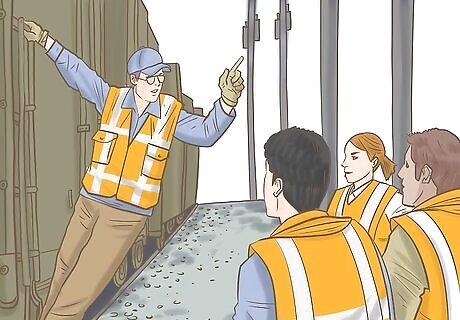
Attend a locomotive engineer training program. All entry-level railroad positions require training to learn the basics of railroad work. Many community and state colleges offer courses and even associates degrees in railroad operations and locomotive engineering. You can also find directories online that can help you locate a training center or program near you.. Look for training programs that are often run in partnership with small regional or local railroads. In addition to providing you with the training you need, these can be helpful for connecting you to job opportunities in your area.
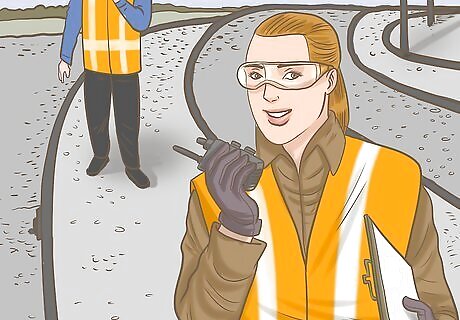
Apply for beginner-level positions with a railroad. Many locomotive engineers start out as conductors, rail yard engineers, switch operators or yardmasters, where they learn about the policies, operations and routes of the railroad before moving into training to become a driver. Getting your foot in the door in a starter position will give you a chance to build familiarity with railroad work while earning a living. Applications are online through railroad websites by following links for job and career opportunities. Check out a variety of railroad jobs online on forums like the one hosted by RailServe.com. If you want to drive commuter trains or subway trains, check for jobs with area public transit authorities. Job fairs at community colleges and local universities with railroad training programs also host railroad companies.
Working in Entry-Level Positions
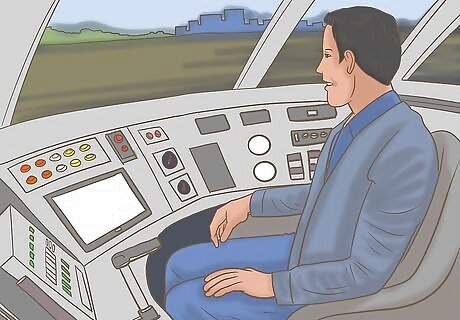
Work your way up to a train driver position. Beyond age, education and physical ability, railroads look for drivers who possess strong leadership, decision making, and organizational skills, among other things, including: Familiarity and experience with machinery is a plus. Show basic literacy in reading, math, and simple computing. Work well independently and with others. Ability to learn and adhere to procedures and guidelines.
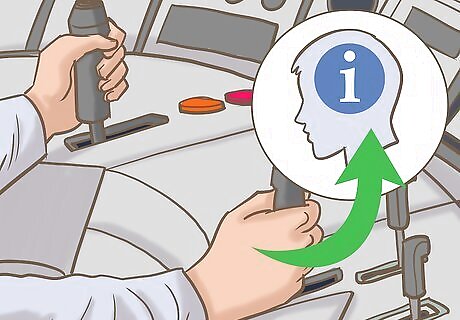
Apply for a training position if you are 21 years or older. You must meet the minimum age requirements to apply for a locomotive engineering position (21 years) and have the right educational background (high school diploma or equivalent). Look for job postings online on railroad websites and job forums. The same sites that post entry-level positions post locomotive engineering positions, too. Train drivers must pass hearing and vision tests, demonstrate physical ability, and go through periodic drug screenings.

Complete the required training. During the training period you will learn all the procedures, operations and route details you will need to operate the train. Training will involve a combination of classroom and hands-on exercises, including working with train simulators and, eventually, real trains. Some railroads may have onsite training or they may partner with a college or University in the area. Others will require you to go offsite to a centralized training facility for up to 2 months or more. Amtrak, for example, requires it’s trainee locomotive engineers to spend 8-10 weeks at their training center in Wilmington, DE before they begin their on-the-job training. Training will include preparing you for certification, which includes memorizing all the physical aspects of the train routes on which you will drive.
Getting and Staying Certified

Take a written knowledge test. The Federal Railroad Administration requires each railroad company to oversee its own certification process. The written test is the first part of the certification process and is based on studying each railroad’s operating practices, equipment inspection procedures, train route knowledge and Federal safety regulations. There are three levels of certification that you can test for based on your experience and job specifications: student engineer, locomotive servicing engineer and train service engineer. Train service engineers are the most skilled and experienced. They may drive locomotives with cars attached. Locomotive servicing engineers may operate trains but cannot drive them with cars attached. Student engineers may only operate trains while under the direct supervision of an instructor.
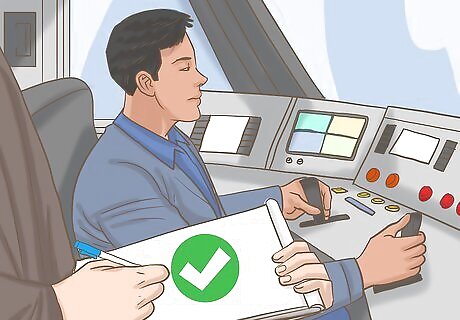
Take a skills test. Like the written test, the skills test evaluates your knowledge of operating practices, equipment inspection procedures, train route knowledge and Federal safety regulations. You must demonstrate your ability to put your knowledge into practice while you are behind the controls of a train or a train simulator. If you fail the skills test, the Federal Railroad Administration does allow a retest.
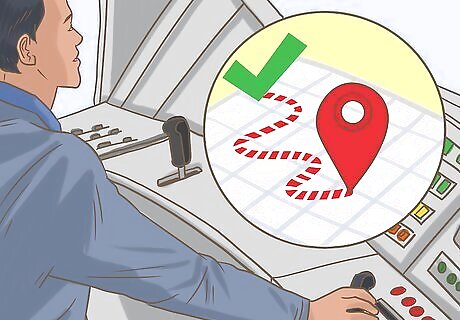
Demonstrate a mastery of your assigned route. In addition to the standard written and skills test that all locomotive engineers must take, the Federal Railroad Administration requires that candidates for certification are fluent in the physical aspects of their specific assigned route. It is up to each railroad company to determine the details of how they assess this knowledge, but the use of train simulators are common.
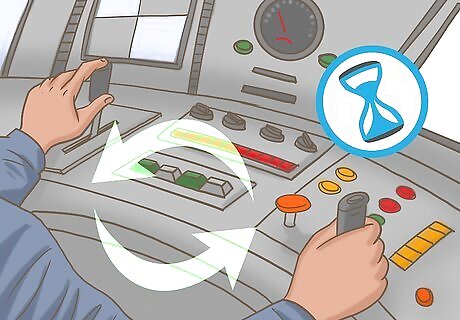
Complete continuing education and training. Once you work for a railroad company the Federal Railroad Administration requires them to periodically retest you. Additional training periods are also required whenever you are assigned to a new train route to ensure that you know the route inside and out.




















Comments
0 comment